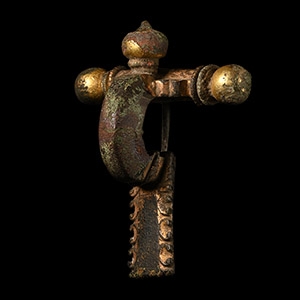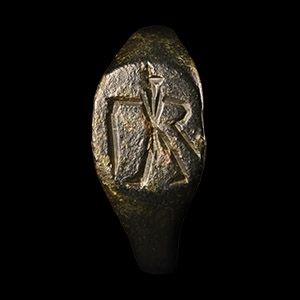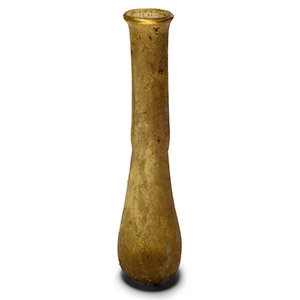Home > Auctions > 23 - 27 May 2023
Ancient Art, Antiquities, Natural History & Coins
Auction Highlights:
Ex W.J. collection, 1990s.
English collection, early 2000s.
Ex central London gallery.
Found Cambridgeshire, UK.
Ex private collection, 1980s.
Acquired on the UK art market in the 1990s.
Acquired 1990s-early 2000s.
East Anglian private collection.
Cf. The Metropolitan Museum, New York, accession number 1999.42, for a similar example; PAS DUR-57B5D5, in Leahy, K. and Lewis, M., Finds Identified II, London, 2020, p.30.
During the Late Roman period, these brooches were worn as marks of rank both by officers of militia armata and non armata, i.e. military and civilian officers.
Private collection formed since the 1940s.
UK art market.
Property of an Essex gentleman.
Acquired on the EU art market around 2000.
From the collection of a North American gentleman.
Acquired on the German art market around 2000.
From the collection of a Surrey, UK, gentleman.
Cf. Beutler, F. et al., Der Adler Roms. Carnuntum und der Armee der Cäsaren, Bad-Deutsch Altenberg, 2017, item 759, for type.
Found near Elmstead, Essex, 2005.
Property of an Essex gentleman.
Acquired on the German art market around 2000.
From the collection of a Surrey, UK, gentleman.
Cf. The Metropolitan Museum, New York, accession number 74.51.5468, for similar.
Acquired in the 1990s.
Ex property of a UK gentleman.
The head displays typical features associated with Romano-Celtic art, such as the lentoid eyes and the schematic rendering of the hair and beard. The head could be that of Pan, god of the wild countryside and of fertility in nature, thus making the phalli-shaped horns appropriate. It could also represent the Celtic god Cernunnos, a Gallic deity whose worship is known from Britain and the Continent from a number of monuments, inscriptions and figurines, as well as on the famous Gundestrup cauldron found in a bog in Denmark. His name means "the Horned One", and is depicted as a bearded male wearing a torc around his neck and with large horns or antlers on his head. Representations of him are known from as early as the fourth century B.C. from the Paspardo rock carving at Val Camonica, Northern Italy. Other representations include the monument set up by Parisian sailors which was discovered underneath Notre Dame cathedral, and the relief carving from Cirencester where his legs are in the form of two snakes. The Celts' preoccupation with fecundity caused them on occasions to represent their male gods with oversized phalli, and a bronze figure of Mercury from Tongres, France, depicts the god with two phalli on his head.
Acquired 1969-1999.
From the private collection of the late Mr S.M., London, UK, thence by descent.
Cf. The British Museum, museum number 1870,0402.743, for similar.
433 - 444 of 2508 LOTS

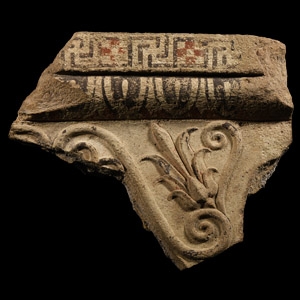
.jpg)


.jpg)
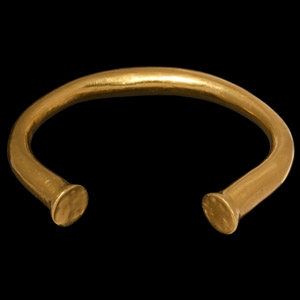
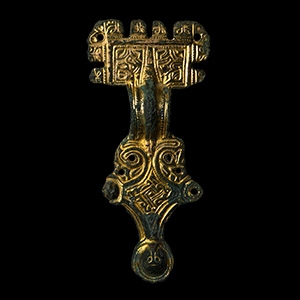

.jpg)
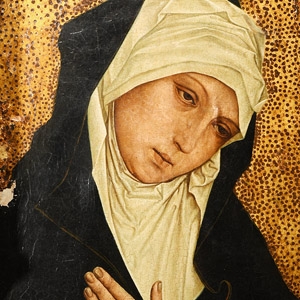

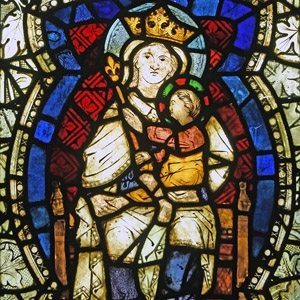
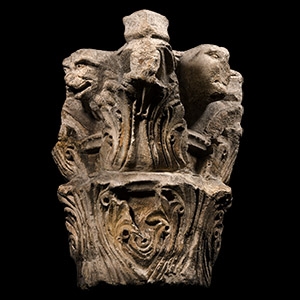
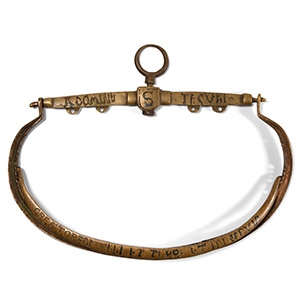
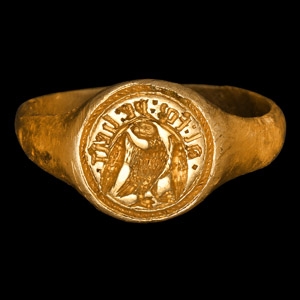
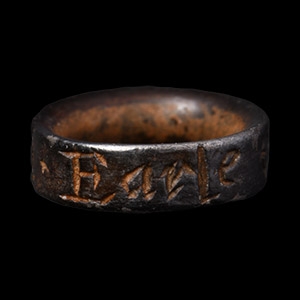
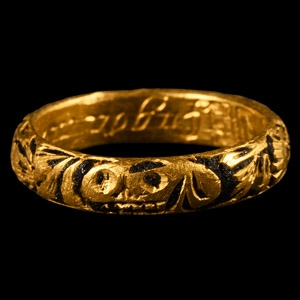
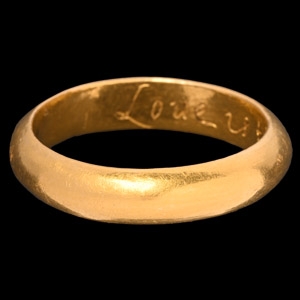
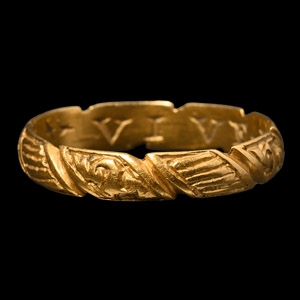
![English Milled Coins - George VI - 1937 - Cased RM Proof Coronation Gold Set [4] English Milled Coins - George VI - 1937 - Cased RM Proof Coronation Gold Set [4]](https://timelineauctions.com/upload/images/items/small/203351-s(2).jpg)
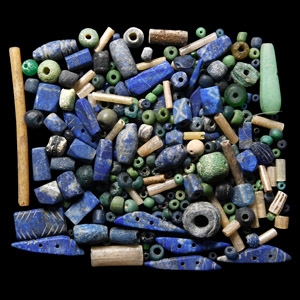

.jpg)
.jpg)
